Hey there, fellow motor enthusiasts! We’ve all been there, right? Picture this: you’re in the middle of a routine spark plug change, eagerly swapping out the old plugs for shiny new ones. But suddenly, disaster strikes! As you carefully loosen one of the spark plugs, you feel a dreaded resistance. And then, with a sinking feeling, you realize that the spark plug has broken. Panic might start to set in, but fear not! Take a deep breath and let this comprehensive guide be your saving grace.
Removing a broken spark plug can be a daunting task, but with the right approach, it can become a satisfying challenge. In the following steps, we’ll walk you through the intricate process, providing you with helpful tips and tricks along the way. From the initial assessment to the final triumph of a successful removal, we’ve got you covered.
So, grab your favorite set of tools, clear your workspace, and let’s tackle this predicament together. With a little patience, a touch of finesse, and the guidance you’ll find here, you’ll be amazed at how smoothly and efficiently you can extract that pesky broken spark plug. Ready? Let’s dive right in and get your engine purring again in no time!
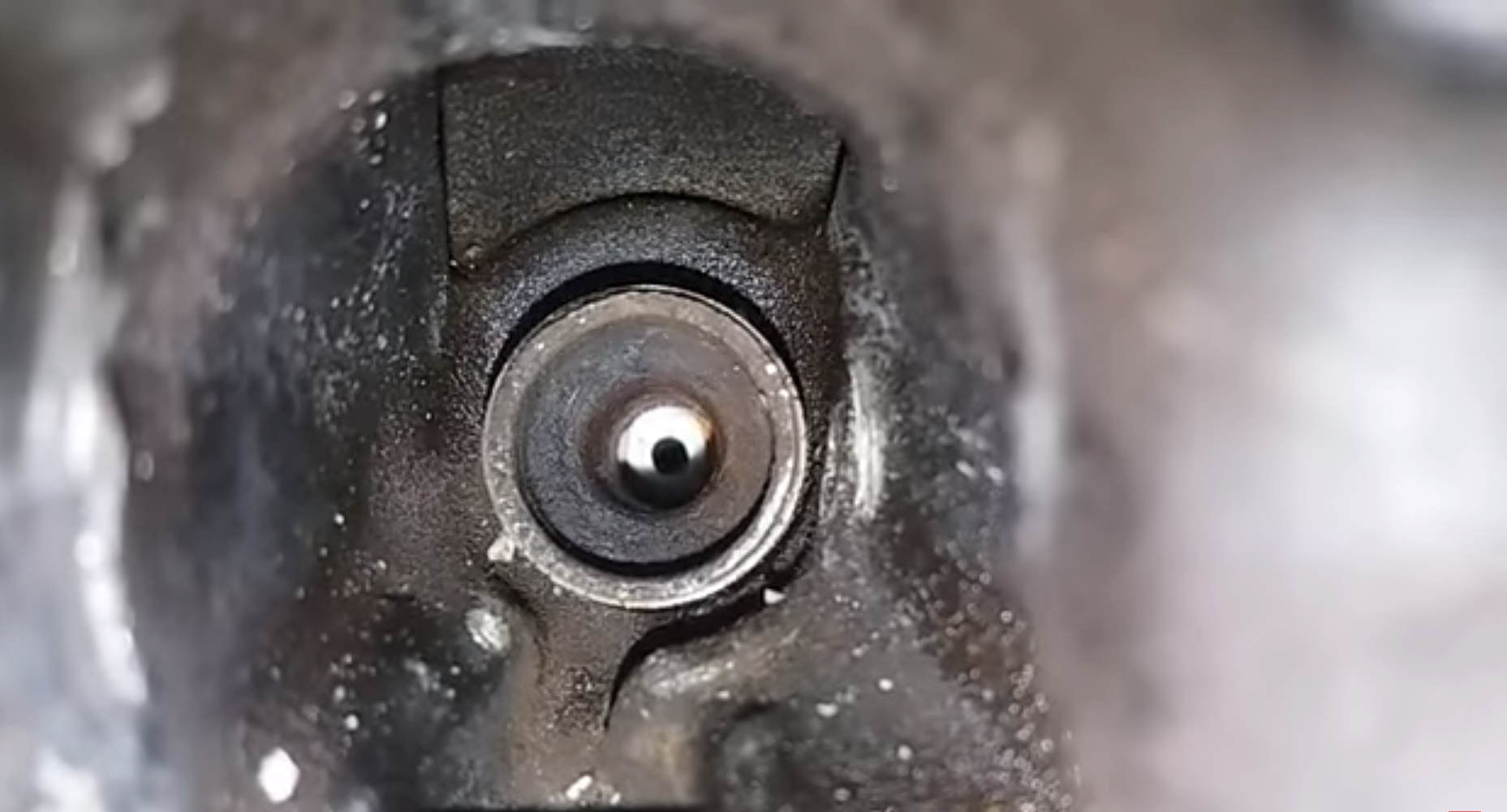
What You Will Need
Before we dive in, let’s ensure you have all the necessary tools at your disposal. Here’s a comprehensive shopping list to get you fully equipped:
- Spark Plug Extractor Tool: This ingenious little gadget will be your trusty companion in effortlessly removing the broken spark plug. It comes in various sizes, so be sure to select the one that perfectly matches your spark plug for optimal efficiency.
- Needle Nose Pliers: These versatile pliers will come in handy for delicately removing any debris that may have accidentally found its way into the cylinder. With their precise grip, you can ensure a thorough clean-up.
- Compressed Air: A can of compressed air will prove invaluable in blowing away any stubborn remnants or additional debris lurking inside the cylinder. Its powerful gusts will leave no trace behind.
- Socket and Ratchet Set: A reliable socket and ratchet set is an absolute must-have for smoothly unscrewing the spark plug. With its sturdy construction and ergonomic design, it guarantees a hassle-free removal process.
- Extension Bar: When dealing with spark plugs nestled deep within the engine, an extension bar becomes your indispensable ally. By extending your reach, it enables easy access to those hard-to-reach spots, ensuring a seamless replacement.
- New Spark Plugs: Of course, a set of brand-new spark plugs is essential to complete the replacement process. With their pristine condition and optimal performance, they’ll reignite your engine’s power and efficiency.
And lastly, don’t forget to arm yourself with a healthy dose of patience and a generous amount of good old-fashioned elbow grease. With these added elements, you’ll tackle this task with confidence and expertise. You’ve got this! [1]
Removing the Broken Spark Plug
Use your Flashlight
Super job thus far! Now that the broken portion of the spark plug is out and the cylinder is clean, it’s time to grab your flashlight again.
- Illuminate the Cylinder: Shine the flashlight into the spark plug hole once more. This helps to ensure all debris has been removed and that there’s no damage inside the cylinder.
- Check for Any Remaining Debris: Pay close attention to any particles or fragments that may still be present. Even the smallest bit of debris can cause issues, so be thorough in your inspection.
- Look for Damage: Check for any signs of internal damage such as scratches, scoring, or leftover metal shavings. Pay special attention to the thread where the spark plug was previously attached. Any damage here could cause problems when installing your new spark plug.
Once you’re certain that the cylinder is clean and free of damage, you’re ready to install the new spark plug. Stay focused, you’re nearly at the finish line!
Installing the Easy Out Extractor
You’ve made it to the final step, and you’re doing terrific! Let’s get that new spark plug installed.
- Prepare the New Spark Plug: First, take your new spark plug and apply a small amount of anti-seize compound onto the threads. This will facilitate easier removal in the future. Remember not to apply the compound to the electrode, as this can interfere with the spark.
- Insert the Spark Plug: Next, use your spark plug socket and extension to carefully insert the new spark plug into the hole. Be sure to align it properly to avoid cross-threading.
- Tighten the Spark Plug: Once the spark plug is inserted, start turning it clockwise by hand to tighten. Once you can’t turn it any further by hand, use your ratchet to continue tightening it. However, don’t over tighten as this can cause the spark plug to crack.
- Reattach the Spark Plug Wire: Finally, reattach the spark plug wire to the new spark plug. Make sure it’s securely connected.
Congratulations, you’ve installed a new spark plug! You’ve done a fantastic job navigating this process. Remember, routine maintenance and inspections can help prevent spark plug breakages in the future. Keep up the great work!
Remove the Broken Portion of the Spark Plug
You’ve already done a great job so far, now let’s take the next step. It’s time to remove the broken portion of the spark plug that remains in the cylinder. Here’s how you do it:
- Position the Extractor Again: First, ensure that the Easy Out Extractor is correctly positioned over the remnant of the spark plug. Achieving a firm and secure grip is vital in this step.
- Turn the Extractor: Start rotating the extractor counter-clockwise. Maintain a steady pressure but avoid applying too much force. The extractor will eventually latch onto the fragment of the spark plug.
- Extract the Remaining Piece: Continue to turn the Easy Out Extractor counter-clockwise, and you’ll start to loosen and eventually extract the broken piece of the spark plug. Depending on how tightly the fragment is lodged, this could take a little time, so be patient.
- Clean Up: After successfully removing the broken piece, use your needle nose pliers and some compressed air to clear out any remaining debris from the cylinder.
Congratulations! You’ve just successfully removed the broken portion of the spark plug. Great job! Remember, patience and precision are key in this process.
What Happens If the Spark Plug Doesn’t Thread Correctly?
If the spark plug doesn’t thread correctly, don’t worry, it’s not the end of the world! However, it can cause some significant problems if not addressed promptly. Incorrectly threaded spark plugs can lead to misfires in your engine as the spark may not occur at the right time, or it may not occur at all. This can affect your vehicle’s performance, reducing its power and efficiency. Moreover, it can cause damage to the cylinder head, and in worst-case scenarios, it could lead to a costly repair job if the spark plug blows out due to the pressure inside the cylinder. So if you suspect your spark plug has not been threaded correctly, it’s best to take immediate action. Remove it carefully and inspect the threads in the cylinder head for any damage. If necessary, you might need a professional to fix the threads before you can safely install a new spark plug. Safety first!
Reinstall the New Spark Plug
You’re almost there, keep going! Now that you’ve successfully removed the old, broken spark plug and ensured that the cylinder is clean and undamaged, it’s time to reinstall the new spark plug.
- Apply Anti-Seize Compound: Start by applying a small amount of anti-seize compound to the threads of the new spark plug. This will make future removal easier. Be careful not to get any of the compound on the electrode, as it can affect the spark.
- Insert the New Spark Plug: Carefully insert the new spark plug into the hole using your spark plug socket and extension. Make sure it aligns correctly to avoid cross-threading.
- Tighten the Spark Plug: Begin hand-tightening the spark plug by turning it clockwise. Once you can’t turn it any further by hand, use your ratchet to continue tightening. Be cautious not to overtighten, as this could cause the spark plug to crack.
- Reattach the Spark Plug Wire: Lastly, reattach the spark plug wire to your new spark plug. Ensure it is securely connected.
Bravo! You’ve successfully reinstalled a new spark plug! Remember, regular inspections and maintenance can help prevent future spark plug breakages. You’ve done a splendid job navigating through this process![1],[2]
What Happens if the Easy-Out Extractor Breaks?
Well, that would indeed be an unfortunate circumstance! If the Easy-Out extractor breaks during the process, don’t worry. The next steps may be challenging, but are still doable. The broken extractor needs to be removed from the spark plug hole, which could be a bit tricky considering the toughness of the tool’s material. This might require the use of a punch, a hammer, and a lot of patience. It’s important to work carefully to avoid causing further damage. If you’re not comfortable doing this, it might be best to bring in a professional to assist. After all, it’s better to be safe than sorry when dealing with the intricacies of your engine.
So, if you find yourself in this situation, don’t panic! Take the necessary precautions and seek the assistance you need to address the issue effectively. Your vehicle will thank you for it! [2]
How Often Should You Replace Your Spark Plugs?
It’s crucial to prioritize regular check-ups for your spark plugs to ensure the optimal health of your vehicle’s engine. Generally, experts recommend replacing spark plugs every 30,000 to 90,000 miles. However, it’s important to note that the exact frequency may vary depending on various factors, such as the type of spark plug, the condition of your vehicle, your driving habits, and the manufacturer’s guidelines.
Remember, regular checks and maintenance are the secret to maintaining a healthy and reliable engine. Keep up the good work, and your vehicle will reward you with smooth rides and longevity! [2]
Should You Replace All the Spark Plugs at the Same Time?
Yes, it’s generally recommended to replace all spark plugs at the same time. Why, you might ask? Well, the reason is quite straightforward. All spark plugs in an engine typically have the same amount of wear and tear, given they’ve been in use for the same period. When one spark plug fails or shows signs of failure, others are likely to follow soon.
Replacing all of them at the same time ensures that your engine operates efficiently with a balanced load. Having new spark plugs alongside worn ones can lead to uneven performance and could potentially damage your engine over time. Plus, replacing all spark plugs simultaneously can save you time and labor costs in the long run. However, always refer to your vehicle’s owner’s manual or consult a professional for the best advice specific to your vehicle and driving conditions. Remember, regular inspections and maintaining a consistent replacement schedule can add years to your engine’s life. Keep it up! [2]
FAQ
How do you get a spark plug out that broke off?
It’s quite a challenge when a spark plug breaks off, but don’t worry, it’s fixable! To remove a broken spark plug, you’ll usually need a special tool called an “Easy Out” or a “Screw Extractor.” Here are the steps you need to follow:
- Safety Measures: First, make sure the engine is cool to touch to avoid any burns. Always remember to wear safety glasses to protect your eyes from any potential debris.
- Prepare the Broken Spark Plug: Use compressed air to blow out any debris from around the spark plug. This helps to prevent any foreign material from falling into the cylinder once the broken plug is removed.
- Use the Easy-Out Tool: Insert the Easy-Out tool into the broken spark plug. Once it grips the inside of the plug, you can start to unscrew the broken spark plug. Make sure to do this slowly and gently to avoid causing any damage to the engine.
- Remove the Broken Spark Plug: As you turn the Easy-Out tool, the broken spark plug should start to move. Continue turning until the broken spark plug is completely out.
- Clean the Cylinder Head Threads: Now that the broken plug is out, clean the threads in the cylinder head with a thread chaser. This helps ensure the new spark plug will thread in easily.
Remember, if at any point you feel uncomfortable with the process, it’s always a good idea to consult a professional. A snapped spark plug isn’t a common occurrence, but with a bit of patience and the right tools, you can usually handle it yourself. Keep going, you’re doing great!
What happens if a piece of spark plug breaks?
If a piece of the spark plug breaks, it can lead to significant engine problems. When a spark plug fails, it can’t ignite the mixture of air and fuel in the combustion chamber, which can cause the engine to misfire. This affects the engine’s performance, leading to rough idling, increased fuel consumption, and difficulty starting the vehicle.
In more severe cases, a broken piece of the spark plug might drop into the cylinder, potentially causing damage to the piston or cylinder walls. This could result in costly repairs or even a whole engine replacement, depending on the extent of the damage. That’s why it’s critical to address a broken spark plug immediately, either by attempting to remove it yourself with the right tools and precautions or by seeking professional assistance. Remember, taking action at the first sign of trouble can spare you from more serious issues down the line. Keep up with regular maintenance, and you’ll be able to enjoy a smooth and reliable drive!
Can spark plugs break when removing?
Yes, spark plugs can indeed break when removing. This is not a common occurrence, but it can happen, especially if the spark plugs are old or have been installed too tightly. The plug’s ceramic insulator can crack, or the plug can even snap off entirely, leaving the threaded part stuck in the cylinder head. Factors that can contribute to this include age, heat cycling (heating and cooling), and too much torque applied during installation or removal.
If you’re removing spark plugs, it’s crucial to ensure the engine is cool and to use the correct spark plug socket for your vehicle. Apply steady pressure and unscrew slowly to reduce the risk of breaking the plug. If a spark plug does break during removal, don’t panic. As mentioned earlier in the document, it’s possible to remove a broken spark plug with the right tools and a bit of patience or with the help of a professional. Remember, proper care and maintenance can help prevent issues like these. Keep up your excellent work with your vehicle’s upkeep!
Does broken spark plug work?
A broken spark plug will not work effectively, and trying to run your engine with a broken plug can lead to a range of problems. The spark plug’s primary function is to ignite the air-fuel mixture within the combustion chamber of your engine. A broken spark plug can’t perform this task correctly, causing the engine to misfire. Misfires can lead to a rough idle, increased fuel consumption, difficulty starting the vehicle, and potential damage to the engine’s cylinder walls. In extreme cases, a broken piece of the spark plug could even fall into the cylinder, potentially causing severe engine damage. Therefore, if a spark plug is broken, it’s vital to replace it promptly to maintain your engine’s performance and longevity.
Can I drive with one spark plug broken?
Driving with a broken spark plug is highly discouraged. While your car might technically be able to run on fewer cylinders than it has, this could lead to serious engine damage over time. The unignited fuel-air mixture from the cylinder with the broken spark plug can damage your car’s catalytic converter, an important (and expensive) part of the exhaust system. Furthermore, the reduced engine performance will lead to noticeable issues such as rough idling, poor fuel economy, and difficulty starting the vehicle. In severe cases, a broken spark plug can even cause your engine to fail completely. Therefore, if you suspect a spark plug is broken, it’s best to get it inspected and replaced as soon as possible to prevent further damage.
What does a broken spark plug feel like?
Recognizing the signs of a broken spark plug is crucial to maintaining your vehicle’s performance. When a spark plug is broken, your car may exhibit certain symptoms. Firstly, you might notice a loss of power or decreased performance while driving, as the engine is not running on all cylinders. Secondly, your car may be harder to start, and once started, it might idle roughly or inconsistently. Another common sign is a noticeable increase in fuel consumption, as the engine is not burning fuel efficiently. You may also hear unusual noises from the engine, such as knocking or pinging. Lastly, the “Check Engine” or “Service Engine Soon” light on your dashboard may illuminate. If you encounter any of these symptoms, it’s advisable to inspect your spark plugs and replace any that are broken.
Useful Video: How to remove broken spark plug
Conclusion
Handling a broken spark plug may seem daunting, but with the right tools, patience, and knowledge, it’s a task you can tackle successfully. Always remember that the key to preventing such problems lies in regular and proper maintenance of your vehicle. Should you encounter a broken spark plug, don’t hesitate to seek professional help if needed. Ignoring the problem can lead to serious and costly engine damage. So, keep a keen eye on the symptoms, maintain your vehicle diligently, and continue your admirable work in preserving your vehicle’s performance and longevity. Happy driving!
References:
- https://motoroomph.com/remove-broken-spark-plug/
- https://vehiclefreak.com/how-to-remove-broken-spark-plug/





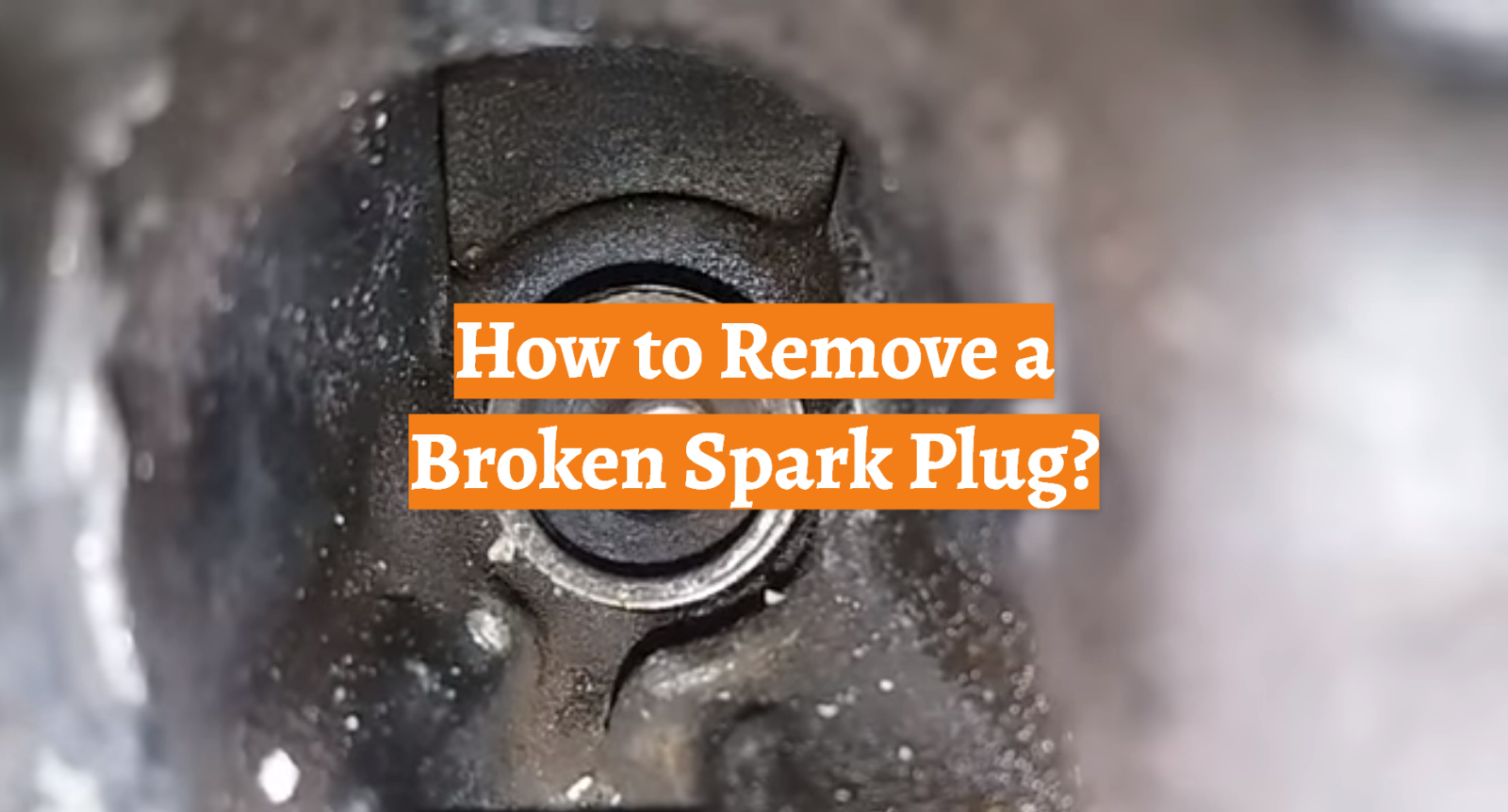
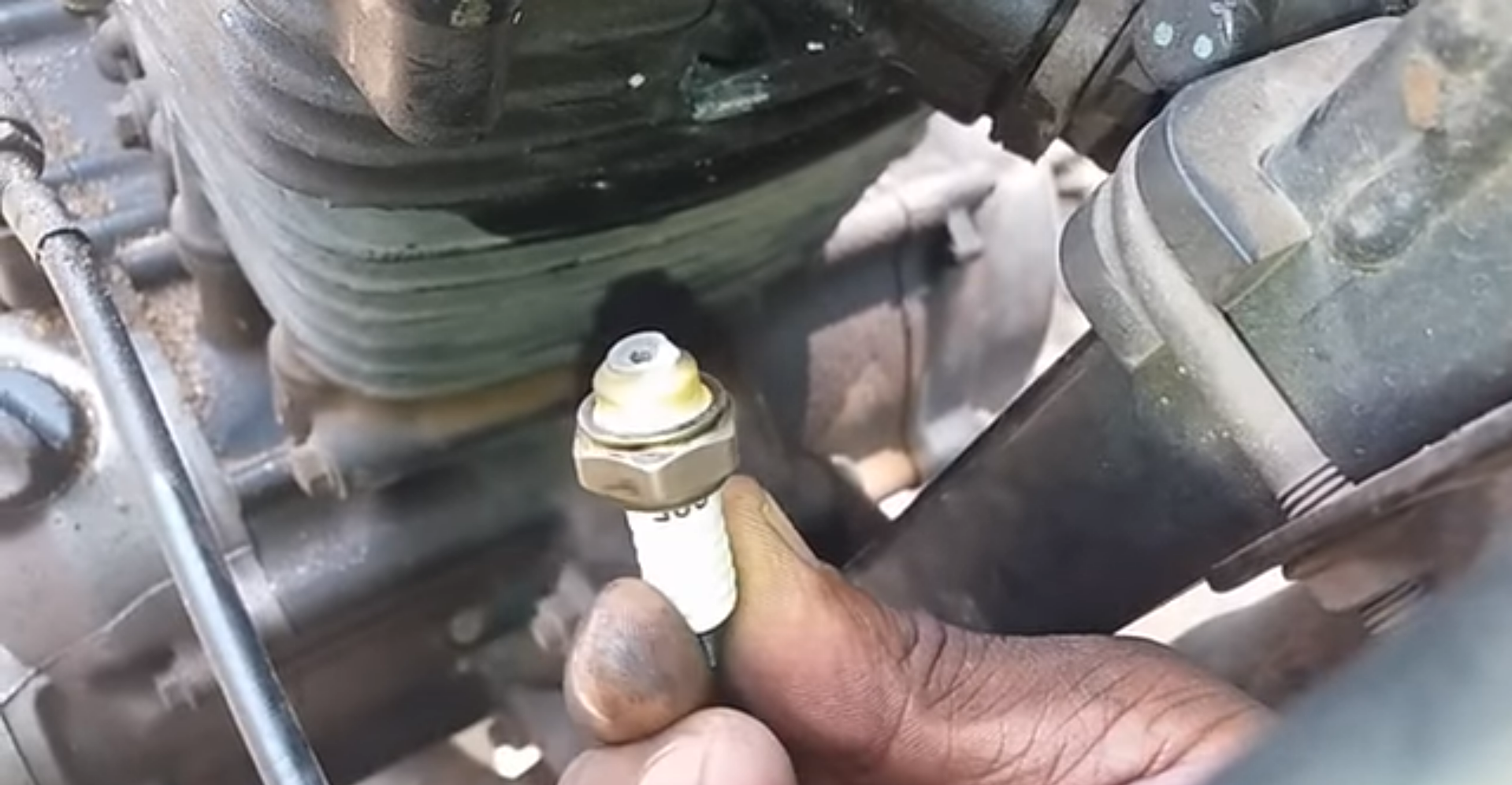
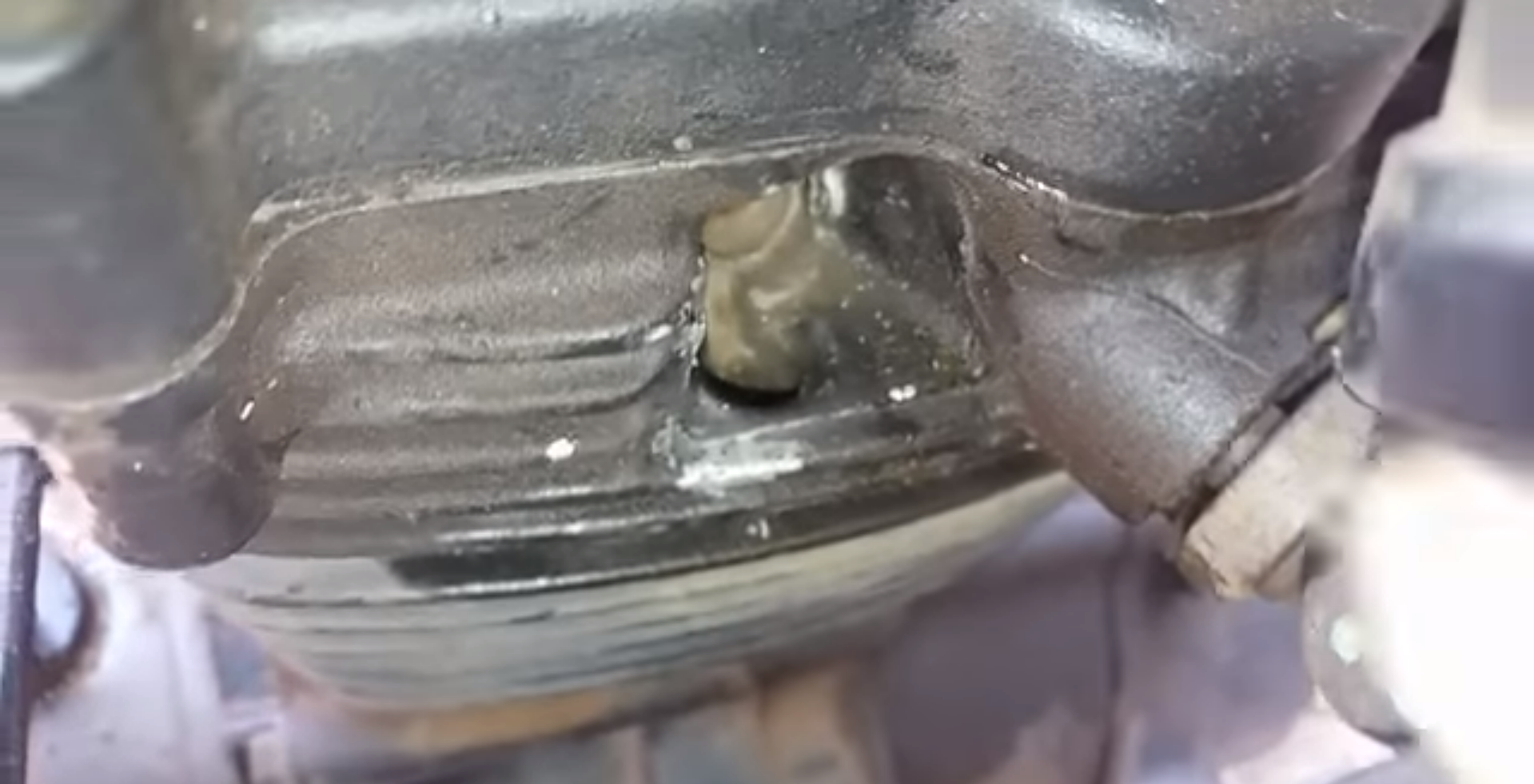
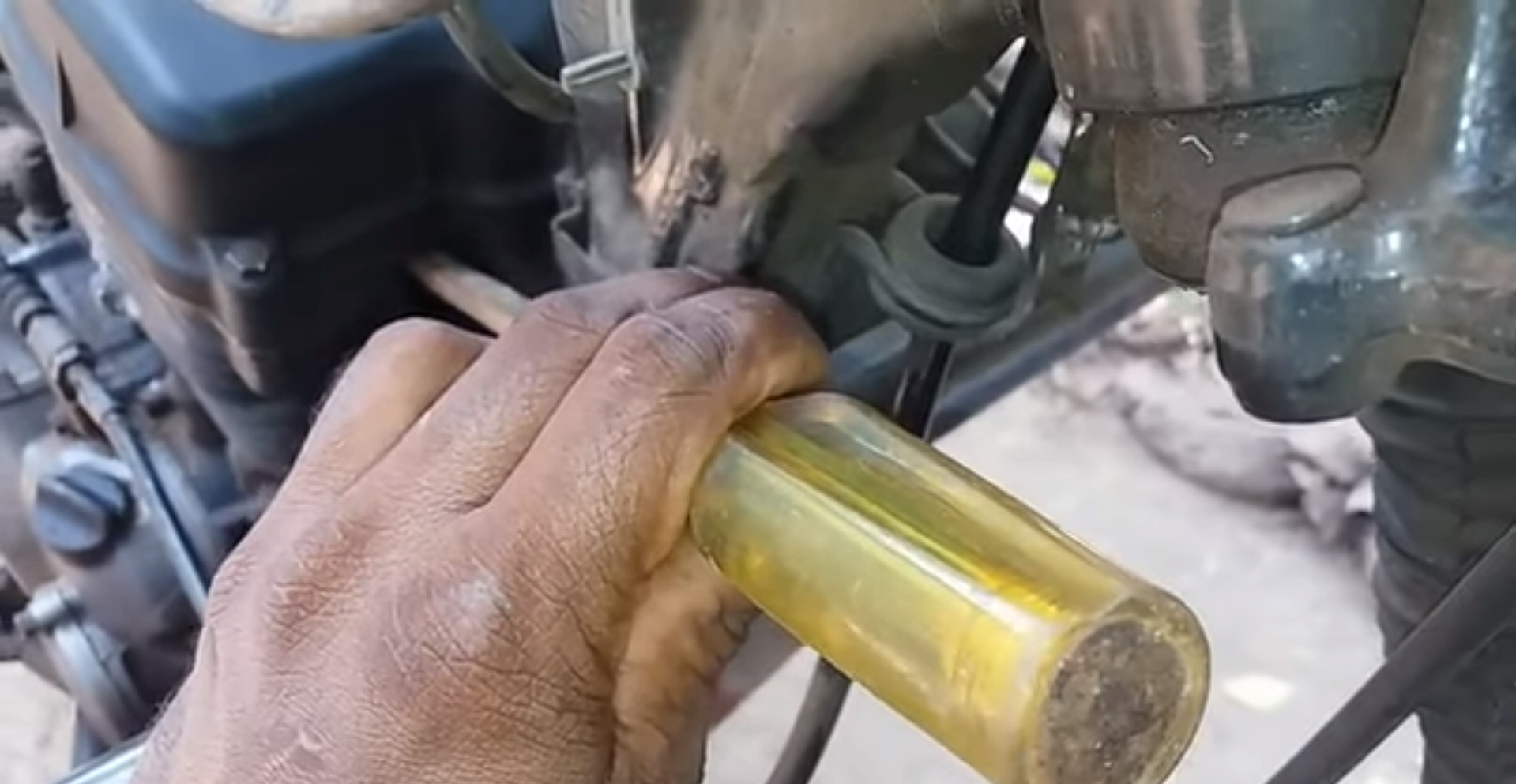
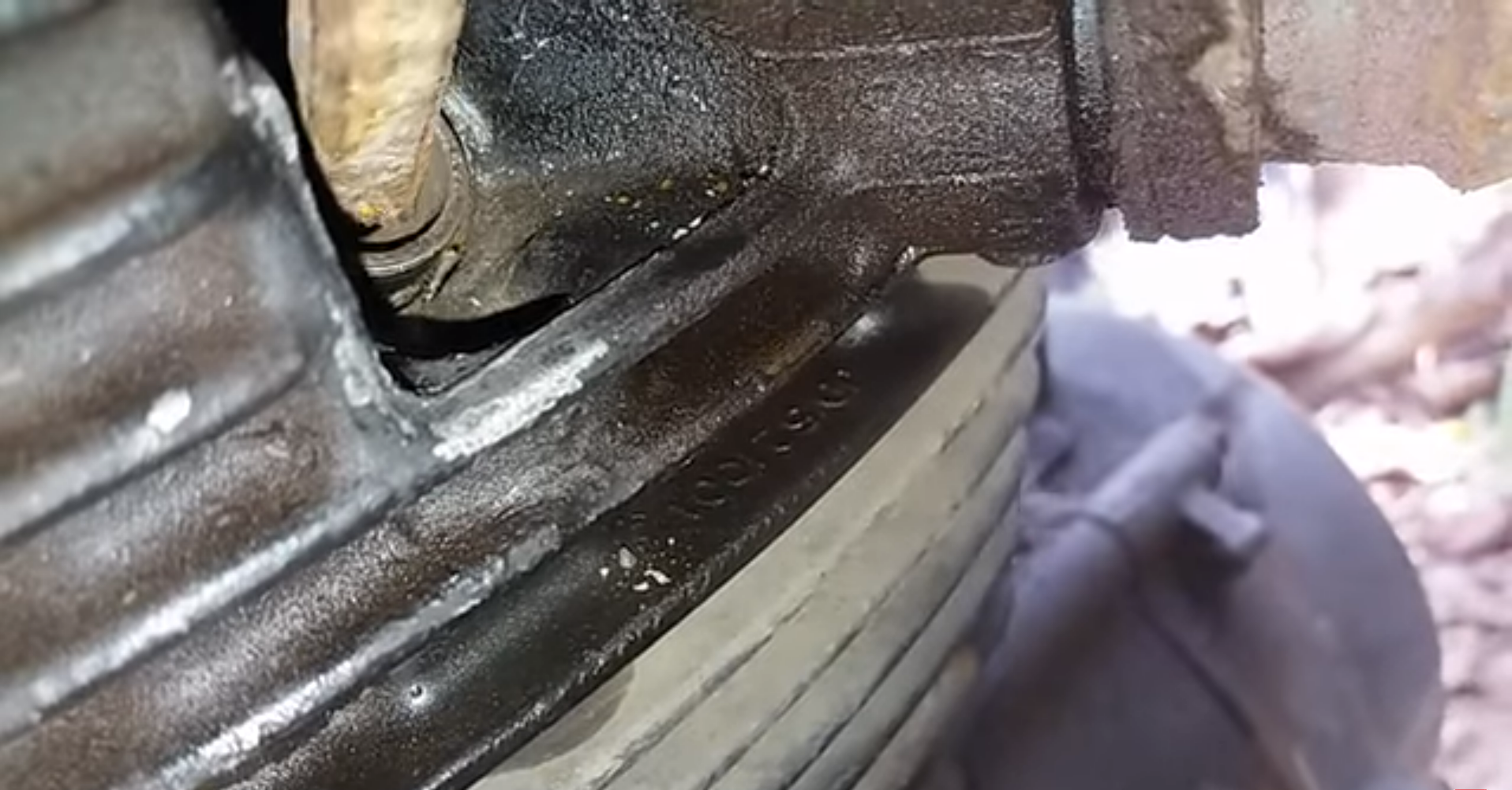
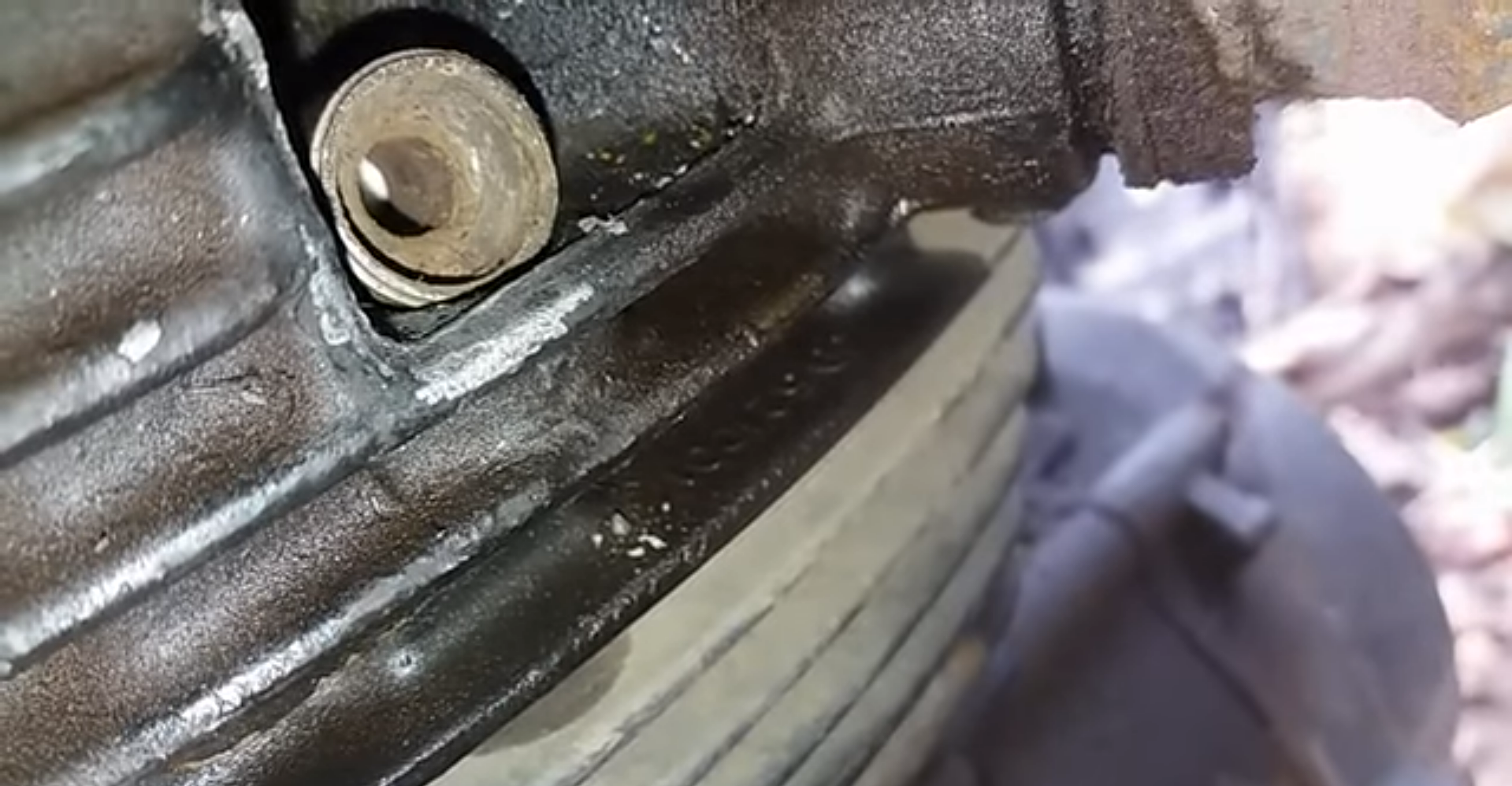

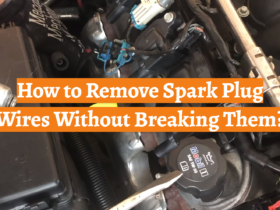
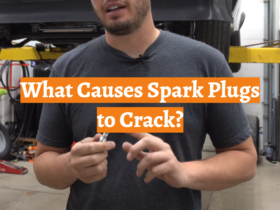
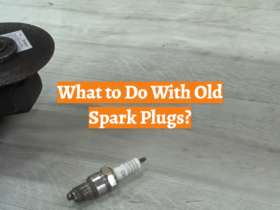
Leave a Review